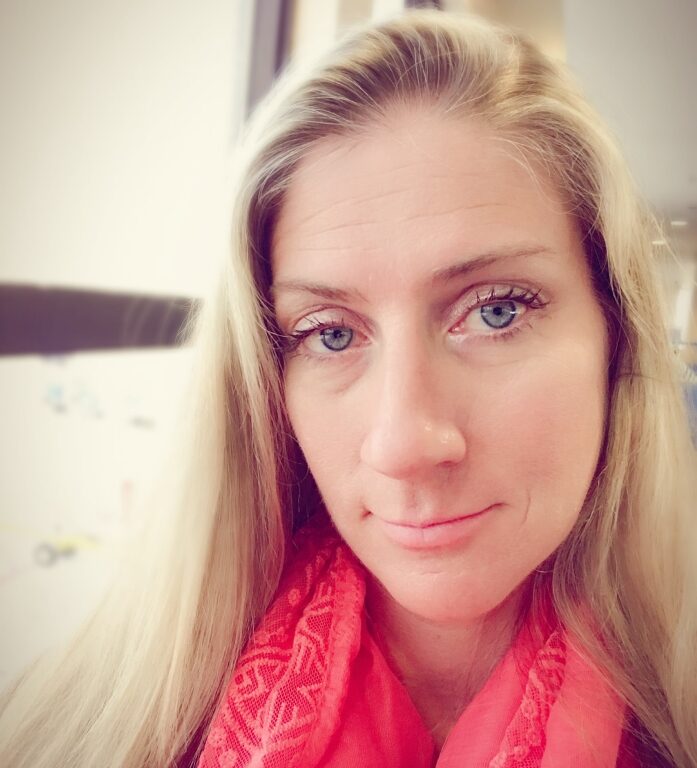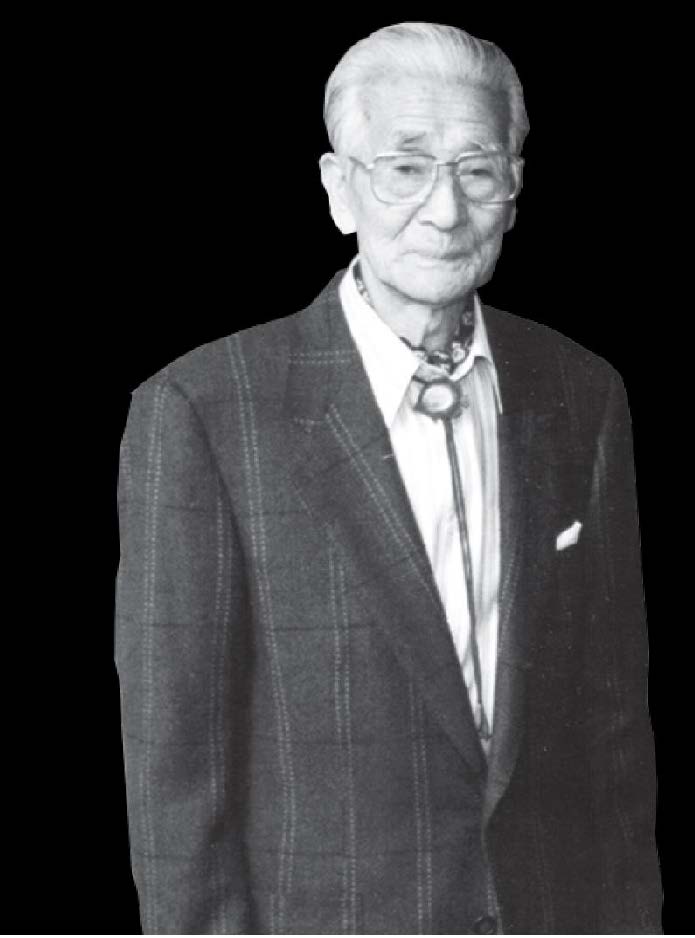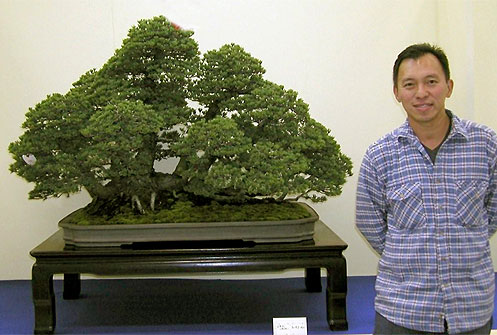

Bonsai Plant Vendors
- Bonsai Brothers
- Bonsai Operations
- Hiko Bonsai
- My O My Bonsai
- Sunshine Tropical Gardens, Inc. | H&F Imports
Japanese Artisans
- Kazumi Gardens (Kokedama, plants featured in a moss-covered ball)
- Yoshino Arts (Sumi-e, ink paintings)
Beverages
Interested in vending? Please email Lisa Niven at lniven@pbc.gov with your company’s details.
Saturday, May 10, 2025
10:00 AM – 5:00 PM
Join us at The Morikami for World Bonsai Day, where you can explore the ancient art of bonsai. Did you know that some bonsai trees are centuries old? The “Sandai Shogun,” a 500-year-old pine at the Tokyo Imperial Palace, is a national treasure, cared for by Japanese emperors for centuries.
Bonsai has evolved, gaining popularity among hobbyists through books, exhibitions, and bonsai masters like Saburo Kato and John Naka, who founded the World Bonsai Friendship Federation in 1989 to promote world peace. In 2013, Morikami’s bonsai collection was named a WBFF Cooperation Center, housing the largest outdoor bonsai collection in the U.S.
Celebrate World Bonsai Day with bonsai pruning and potting demos, bonsai vendors, and Japanese artisan vendors.
ACTIVITIES
- 11:00 AM & 1:00 PM – Bonsai Lecture and Demonstration by Boon Manakitivipart from Bonsai Empire (Near Bonsai Vendors)
- 12:00 PM – Morikami Gardens Lecture by Heather Grzybek, Garden Curator (Morikami Theater)
- 10:00 AM – 5:00 PM
- Bonsai Clinics
- Live bonsai demonstrations and clinics will be held throughout the day. Feel free to bring a small, portable bonsai to have it reviewed by our bonsai masters.
- Plant and Artisan vendors
- Bonsai Clinics
MEET THE LECTURERS
Boon Manakitivipart: Although it was only a small juniper that sparked Boon’s journey, that tree would soon have a huge impact on his life and future. He became fascinated with bonsai, and before long, he joined the Bonsai Society of San Francisco, where he took his first beginner class in the spring of 1989. Eager to learn as much as possible, Boon studied with numerous teachers throughout California.
Boon’s bonsai skills advanced when he hosted bonsai master Akio Kondo, who was Kihachiro Kamiya’s first apprentice. Later, Boon worked and studied at Kihachi-En, a famous bonsai nursery in Japan, and became an apprentice to Kihachiro Kamiya, a renowned bonsai master with multiple national awards.
In April 2000, Boon won the Grand Prize in the Kindai Bonsai Styling Contest in Japan, where he was the only non-Japanese entrant. Since then, he has won numerous other awards and recognition for his work, both nationally and internationally.
Boon returned to Japan repeatedly for extended periods of bonsai study until Master Kamiya’s passing in January 2004. Boon founded BAY ISLAND BONSAI and became its Sensei (primary teacher) and started his business, Bonsai Boon, in 1998.

Heather Grzybek is the Garden Curator at the Morikami Museum and Japanese Gardens. She began her training in Japanese gardening with Hoichi Kurisu, the garden designer of Rojien, in 2000. Heather has been an integral part of the development of Rojien and continues to educate and inspire visitors with her deep knowledge of the garden.

SABURO KATO
The Gentle Spirit of a Bonsai Master
World Bonsai Day honors the legacy of Saburo Kato (1915-2008), a key figure in the modern history of bonsai. Kato was the third-generation owner of Mansei-en in Omiya, Japan, now known as the “Bonsai Mecca” of the world.
In 1976, Kato played a key role in fulfilling Dr. John Creech’s request to Japan for bonsai as a Bicentennial Gift to the United States. The 53 donated bonsai included a 350-year-old Japanese White Pine that had survived the bombing of Hiroshima. This gift led to the creation of the National Bonsai & Penjing Museum in Washington, DC.
As an author, teacher, and philosopher, Kato inspired many to learn bonsai. In 1989, he founded the World Bonsai Friendship Federation (WBFF) to promote peace through bonsai. His friend, American bonsai master John Naka, became the first Vice-Chairman. The WBFF now oversees a global network of bonsai exhibitions, including the Morikami Bonsai Exhibition, which became the third WBFF Resource Center in the U.S. in 2013.
In honor of Kato’s beliefs, the WBFF designated the second Saturday of May as World Bonsai Day.
Throughout his life, Kato believed bonsai fosters compassion and respect for life. A first-time observer of bonsai is often captivated by its miniature beauty, sparking their imagination and drawing them into nature’s rhythms. In caring for a bonsai, enthusiasts learn both technique and appreciation for life’s beauty through the growth of another living being.
Kato often spoke of the spirit of bonsai (bonsai no kokoro). By nurturing bonsai, we learn the dignity of life. With care, we come to recognize the tree’s needs, forming a deep bond with it. This connection to bonsai expands our love for nature in all its forms.
This is the spirit—and the power—of bonsai.
